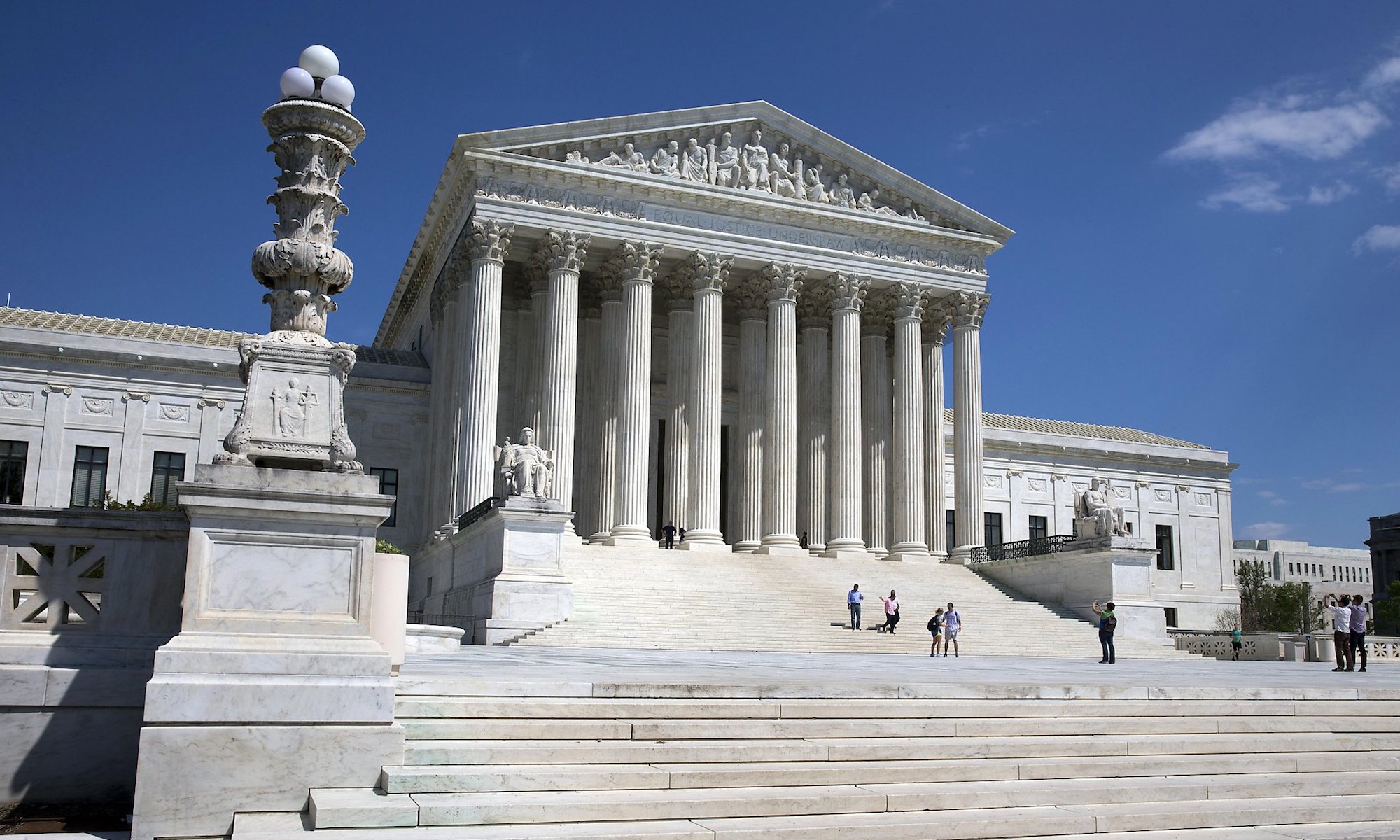Between 2016 and 2020 there were a total of 234 federal judges confirmed by the United States Senate to serve—including three Supreme Court Justices. President Trump’s appointees were 84% white, 76% male, and a majority were either former prosecutors or corporate lawyers—and each will serve a lifetime appointment. When President Biden took office last year, there were the fewest number of judicial vacancies for a new president since 1989. However, since then, many judges have retired, or taken “senior status,” (a form of semi-retirement) so there are still many vacancies that the Biden administration is set to fill over the coming years.
Clearly cognizant of the enormous stakes and the difficulty of the task at hand, the Biden administration has attempted to move quickly,in part by foregoing certain structural processes in the interest of efficiency. For example, the Biden Administration decided to not restore the ABA’s role in vetting potential judges before the President announces nominations. This is consistent with the previous administration, but differs from the Obama administration and other prior administrations. In addition, the Senate has continued to forego the “blue slip” tradition which was abandoned in 2016. The blue slip process required both senators from a state where a judge would sit to approve of the judicial nomination. For example, from 2009–2016, 18 of President Obama’s nominees were denied a hearing due to this tradition. However, as of September, all of President Biden’s judicial nominees have been in states with no Republican senators, or no senators at all (D.C.). President Biden has not, and is not expected to, nominate judges to the Eighth Circuit or the District Court for Nebraska. Trump confirmed 3 judges on the Eighth Circuit, one judge on the U.S. District Court for Nebraska, and there are currently no vacancies.
Upon taking office, President Biden promised to ensure the federal bench reflected the diversity of the American people—both in terms of demographic and professional backgrounds. As of September 23rd, the Senate has confirmed 14 federal judges, 11 of which are women; five for the United States courts of appeals, and nine judges for district courts. Moreover, the nominees include some historical firsts: the first openly LGBT woman to serve on any federal circuit court; the first openly LGBT federal judge in Colorado; the first AAPI woman to ever serve on the U.S. District Court of D.C.; the first woman of color to serve as a federal judge for the District of Maryland; a woman who would be the first federal judge of South Asian descent in Michigan; a labor lawyer and former union organizer who would be the first AAPI judge from Oregon on the Ninth Circuit; the first Hispanic judge on the Court of Federal Claims; the first Korean-American woman to serve as a federal appellate judge; the first Black woman to serve on the Ninth Circuit from California; the first Muslim American federal judge; the only judge with experience as a federal defender serving on the Tenth Circuit; the first Native American federal judge in Washington state; the first AAPI man on the U.S. District Court for the Western District of Washington; the first AAPI woman judge on the U.S. District Court for the Southern District of California; the first Hispanic district court judge in Ohio; the first AAPI judge on the D.C. Court of Appeals; and many more.
There are currently 37 nominations awaiting Senate action: 8 for the courts of appeals, and 29 for federal district courts. There are currently 112 federal judicial vacancies, 80 of which are current.

